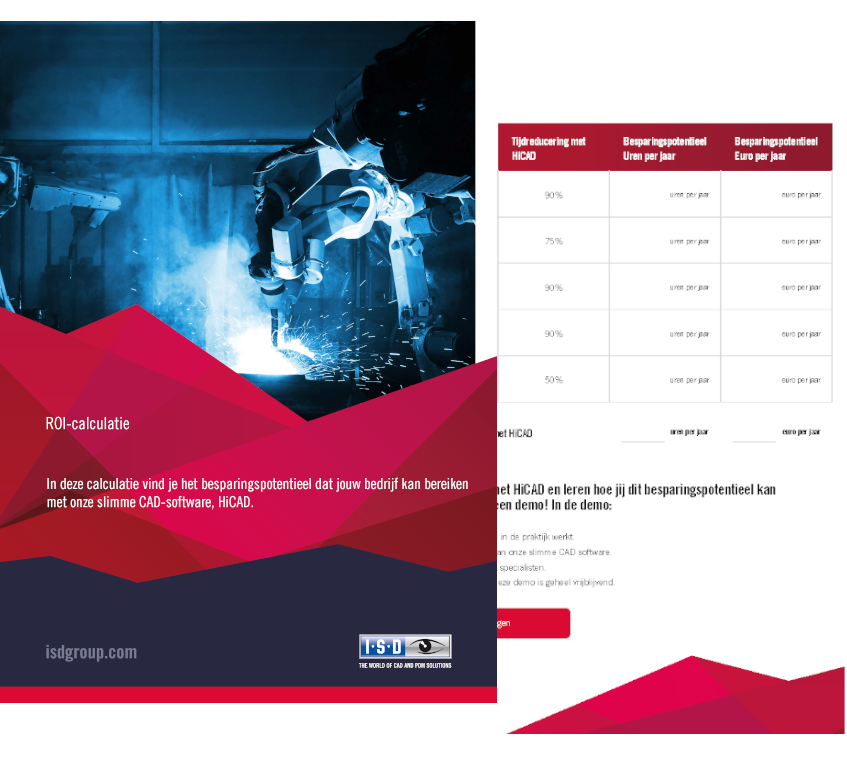
HiCAD can be used in so many ways that even the German Aerospace Center (DLR) has already been able to benefit from it: In 2015, Georg Linder designed a radar reflector with the 2D/3D integrated CAD software of the ISD Group based in Dortmund.
On numerous measurement flights within the Afri-SAR campaign the DLR determined the condition of the rain forest with the F-SAR sensor in the long wavelength radar range. Hoping to use the collected data to improve climate models and to gain a better unterstanding of global warming, Gabon was chosen as the location for the 1.000 kilogram aluminium construction. The Central African state consists of 88 % rainforest and was therefore ideal for deriving meaningful results from the measurement campaign. This in turn will provide reference data for the ESA satellite mission Biomass planned for 2020 and the German proposal Tandem-L.
“I have been using HiCAD to create my designs for a long time now”, says Georg Linder, who got to know the software innovation at a trade fair. “Not only for everyday projects like stairs, railings and gates”. In 2015, he designed a contract work of special global and ecological dimensions – an extremely large and highly accurate radar reflector with an edge length of 5 meters – for one of the largest research centers in Germany, the German Aerospace Center (DLR). The DLR employs 1800 people in Oberpfaffenhofen and 8500 employees throughout Germany. “The wide range of standard parts catalogs with the numerous steel engineering libraries of HiCAD proved to be very helpful”, said the metalworker from Hopferau. “At the push of a button, HiCAD‘s steel construction module provided me with exact material lists and drawings for a comprehensible calculation and a precisely accurate transmission - e.g. of laser cuttings to suppliers. Therefore it was even possible for small teams to complete larger tasks quickly”. A large number of direct interfaces - such as DXF, DWG, STEP or IFC - also enabled him to import and export data quickly and made working across industries easier. “Creating detail views, sectional views and cut-outs from the 3D drawing also gave me the necessary degree of security and transparency – properties that are all the more indispensable for a project like that of the German Aerospace Center”, explains the sought-after engineer from the Allgäu.
“The 1000 kg radar reflector - three smooth, metallically conductive surfaces standing perpendicular to each other - consists of aluminum sandwich panels,” explains Georg Linder. “The surfaces were painted white to prevent heating in sunlight. They were aligned 100 % flat and at an angle, reinforced with aluminum square crossbars and equipped with three height-adjustable heavy-duty castors. The challenge was to dismantle the 5-meter-long construction in a way that it could be stowed safely in overseas containers during transportation, and at the destination be modified so that instead of a 5-meter reflector, three reflectors of 2.5 meters each could be created.”
“The DLR employees worked for many hours in great heat to align the reflector at its destination. An additionally installed metal apron underneath the front edge of the reflector should prevent energy from falling under the steeply standing reactor, being reflected there several times and received again as an interfering signal.”
Before, Georg Linder worked with AutoCAD 2D and sees the future for himself in 3D and HiCAD, because precise planning saves lots of time. “ISD always reacts to our individual wishes and assists us with its training offers.”Before, Georg Linder worked with AutoCAD 2D and sees the future for himself in 3D and HiCAD, because precise planning saves lots of time. “ISD always reacts to our individual wishes and assists us with its training offers.




